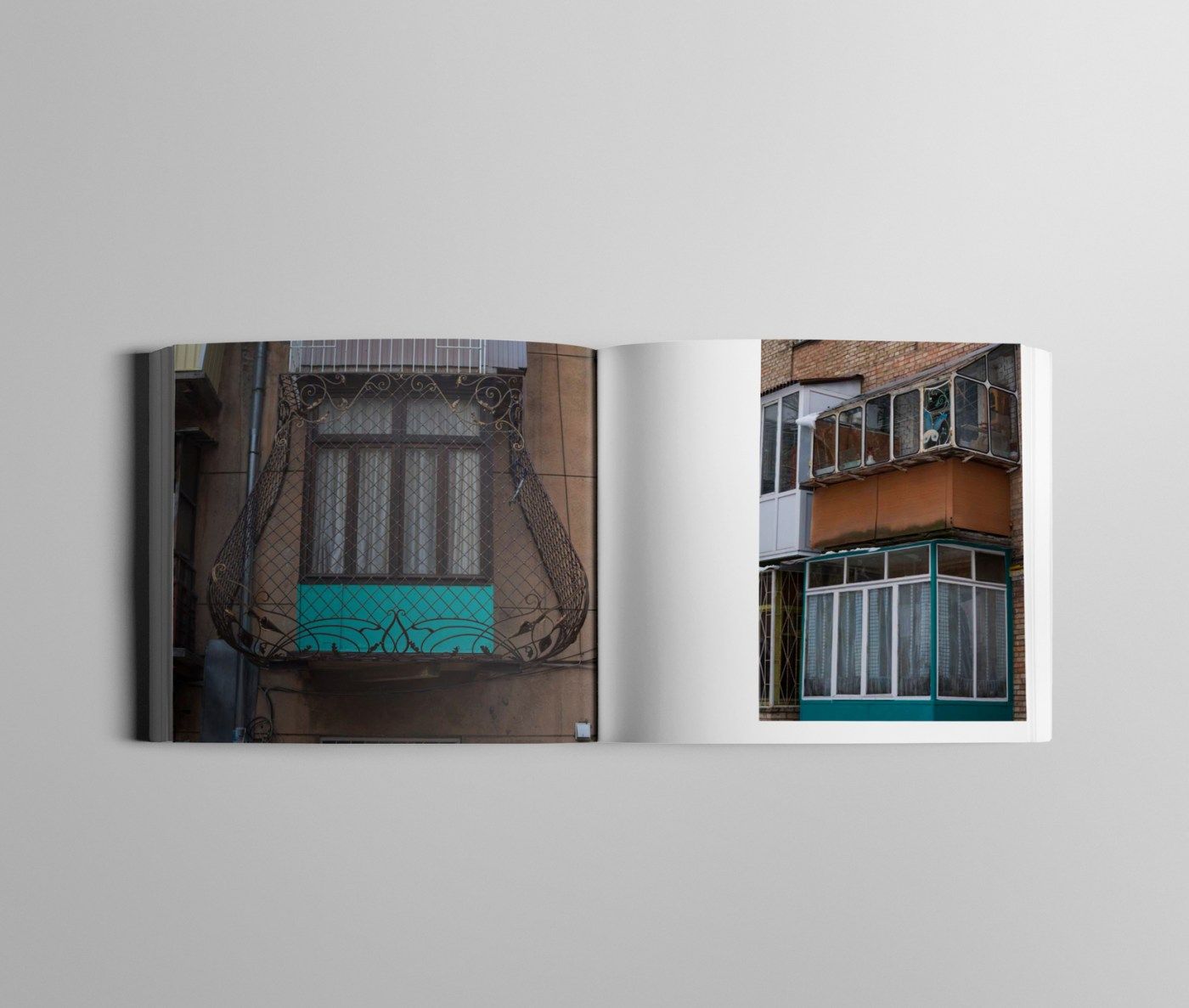There are historical as well as political reasons for the proliferation of makeshift balconies and extensions in Ukraine after the dissolution of the Soviet Union. Do they add color to the city or spoil the cityscape? Where do we draw a line between public and private space, or individual decision and social responsibility? A series of photos of eclectic balcony solutions that tell us not only about the personality of the residents but also about the public sentiment—in Alexander Burlaka’s photobook entitled Balcony Chic.
Ukraine is a hotbed of makeshift architecture—“outgrowths” that deviate from the style of their buildings and balcony solutions implemented with reimagined functions shape the cities’ image. Some remodeled the balconies of their apartments as a storage place, an extra room, a second entrance, or a tiny pool, while some built balconies themselves, the spread of which has historical reasons.
A need for balconies first appeared among the residents of Ukrainian social-realist apartment blocks—the small apartments were just enough for workers to provide the bare necessities, and the aspect of comfort was pushed into the background. If an apartment had a balcony, it was seen as a privilege and they tried to take advantage of the extra space in various ways. With the dissolution of the Soviet Union, the apartments previously given away free of charge became the property of the residents, and since the field of remodeling was legally unregulated, balcony reconstruction projects gained real momentum at that time. Many balconies were built illegally in the last decades, and the legal punishment has never been, and still is not, severe enough today to stop the process. The balconies have popped up in a complete disregard of the style of the original building and the surrounding houses.

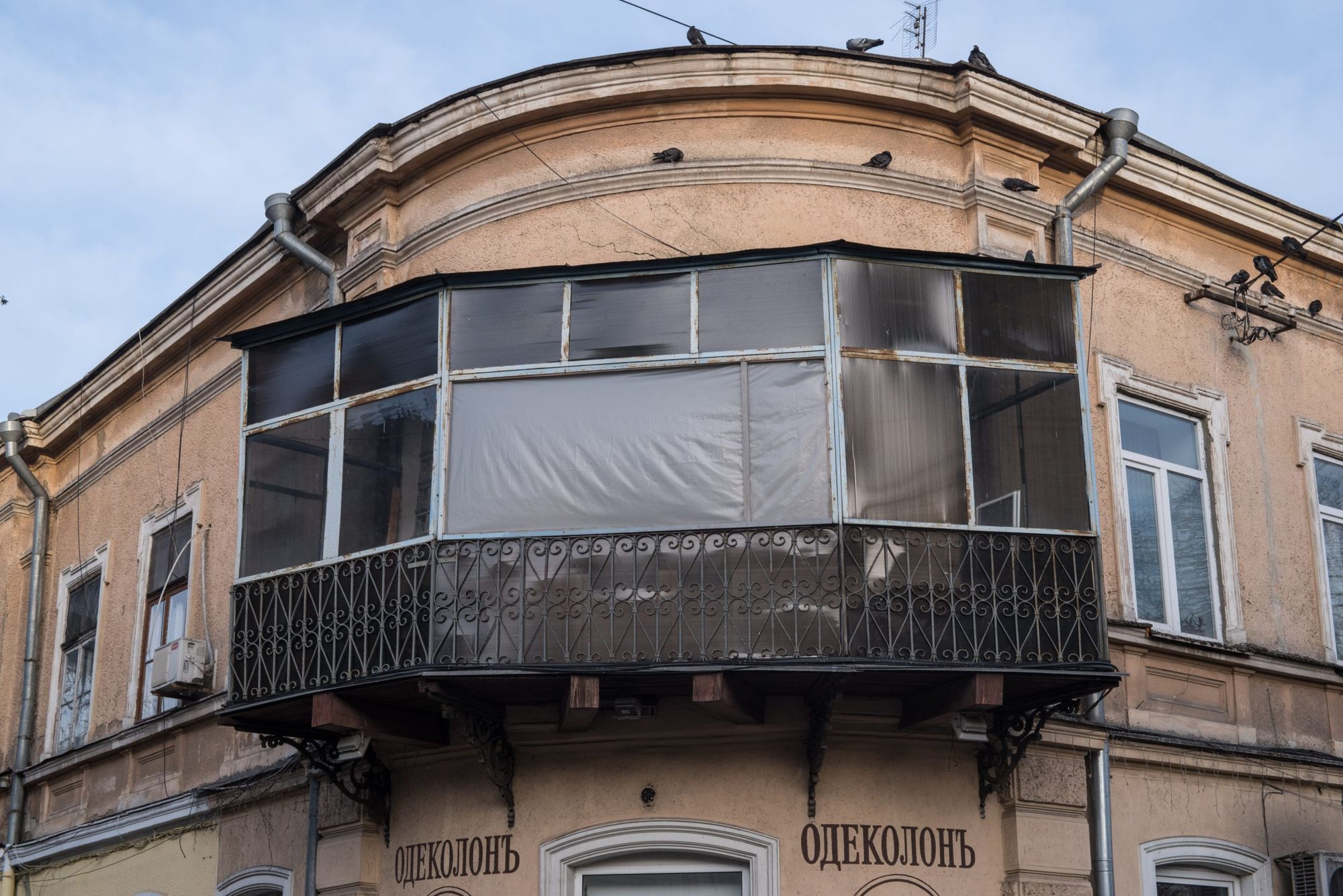
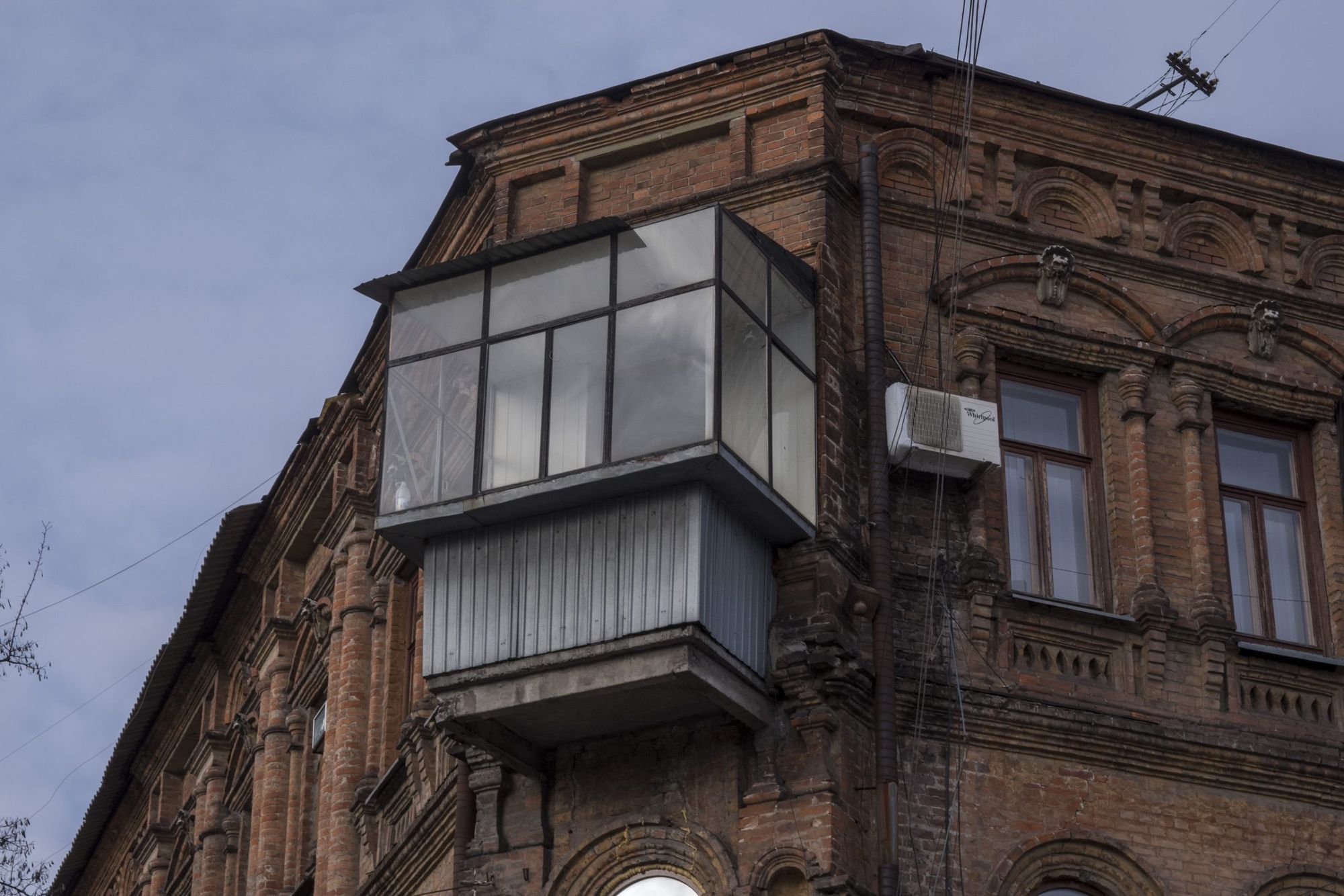
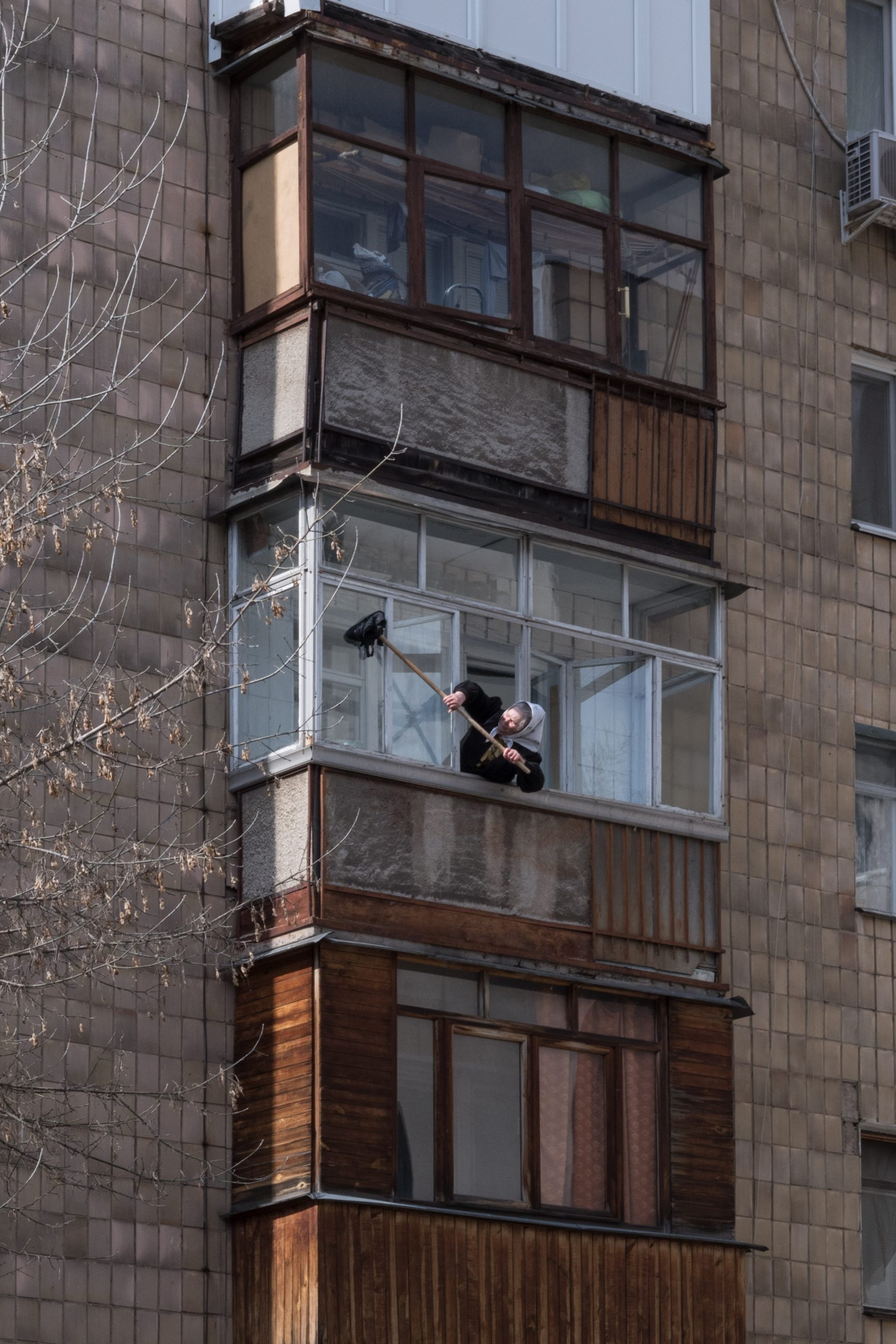
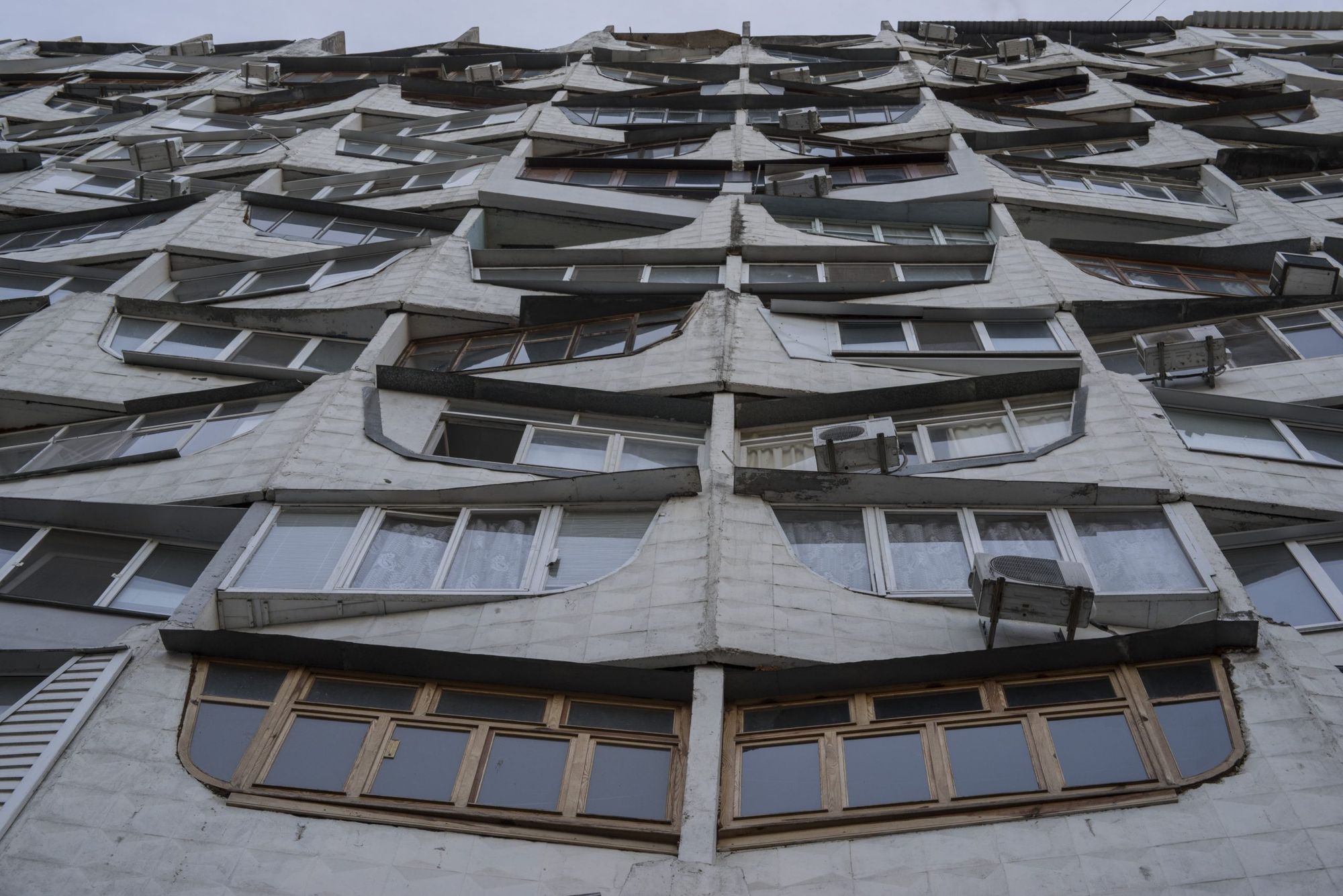
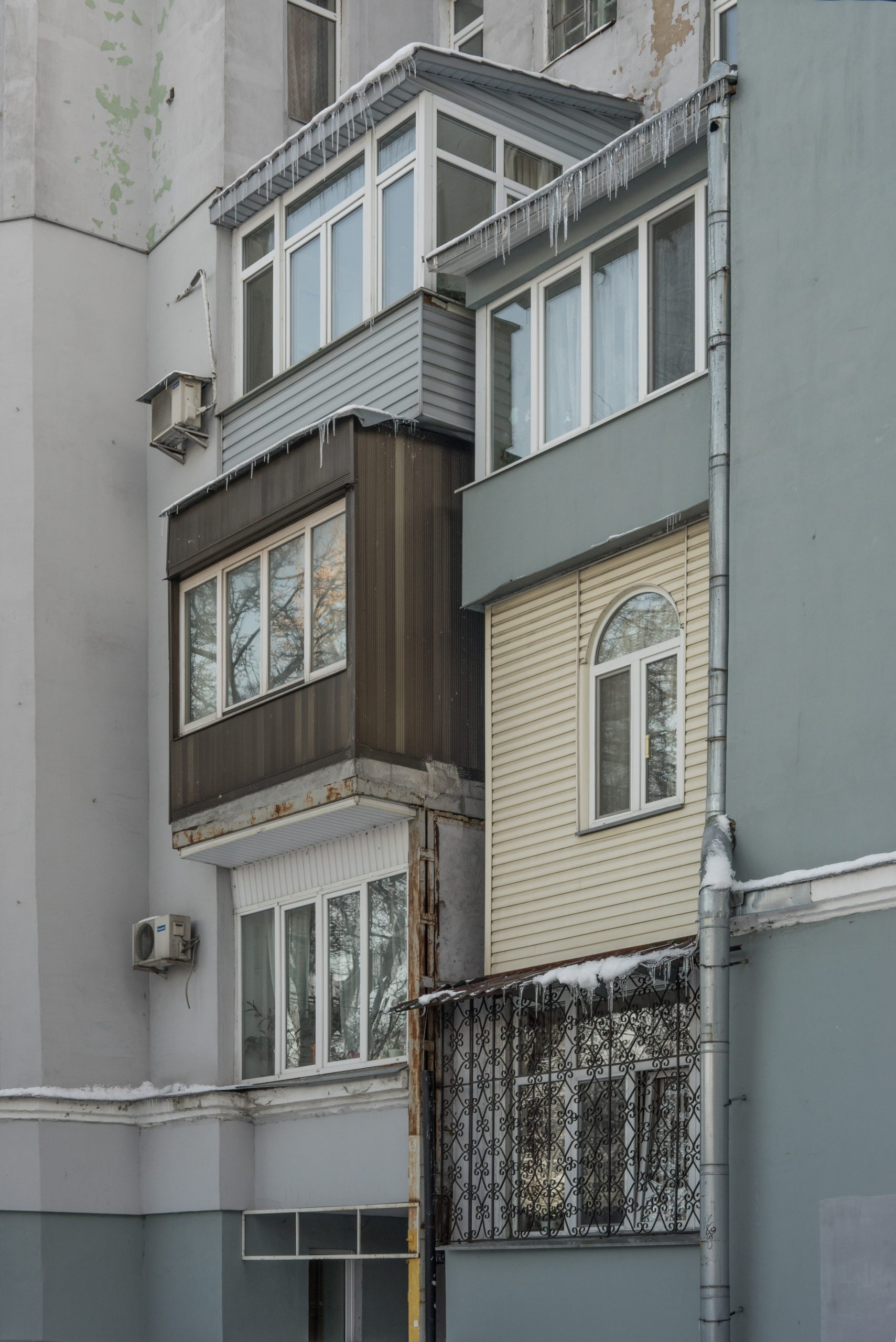
These extensions essentially reveal the style, personality, and lifestyle of the residents. Structures reminiscent of bunkers or even greenhouses bulge out from the original facades, and it’s not uncommon for many eclectic solutions to be clustered on a single block of apartments. Artist and architect Oleksandr Burlaka took photos of these; the series of more than a hundred photos was published in the book Balcony Chic by Osnovy Publishing. In an interview with the Calvert Journal, Burlaka said that this DIY sentiment might be related to people not believing in the government and the idea of a welfare state taking care of their needs—they rather take care of themselves and improve their quality of life however they can.
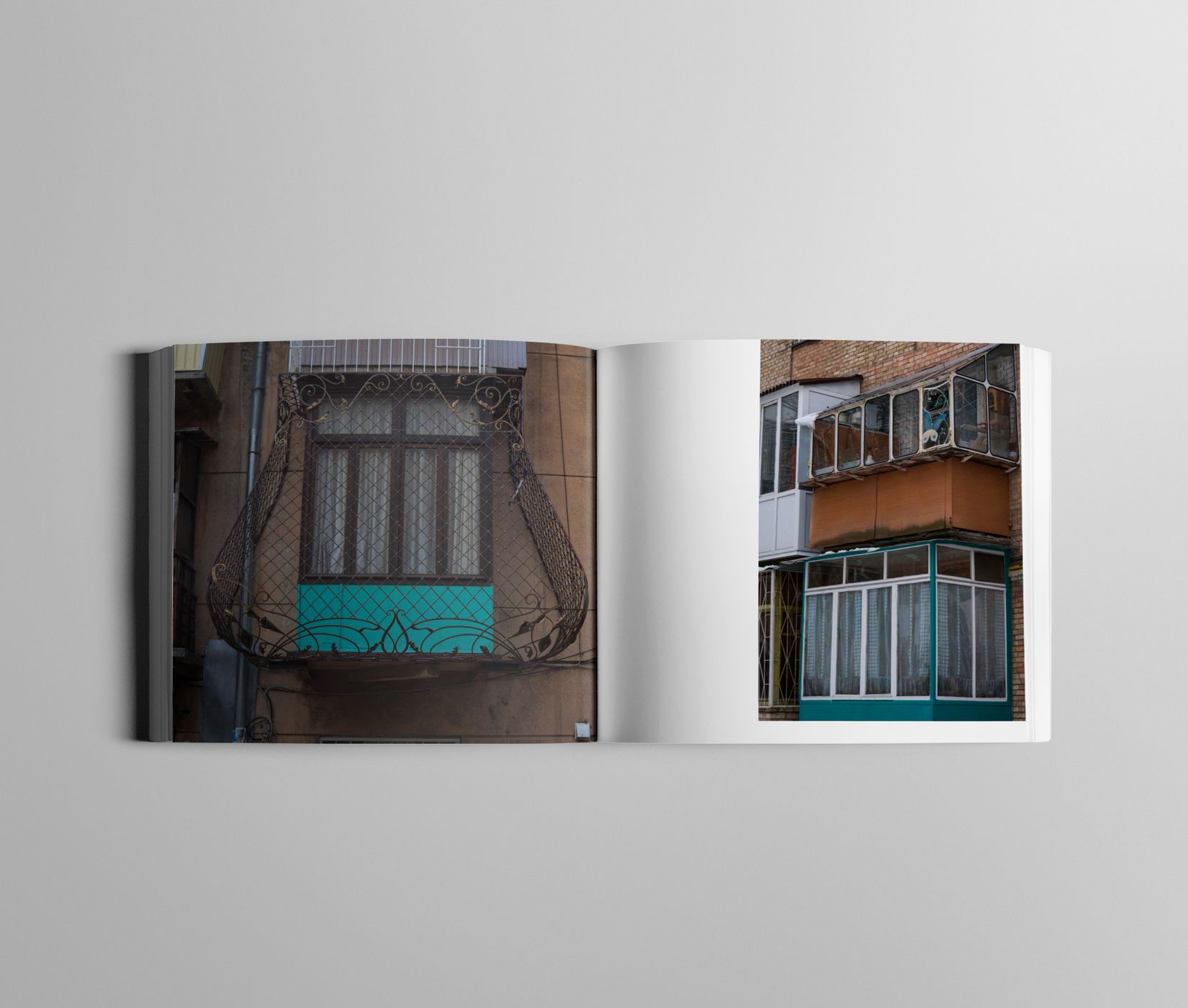
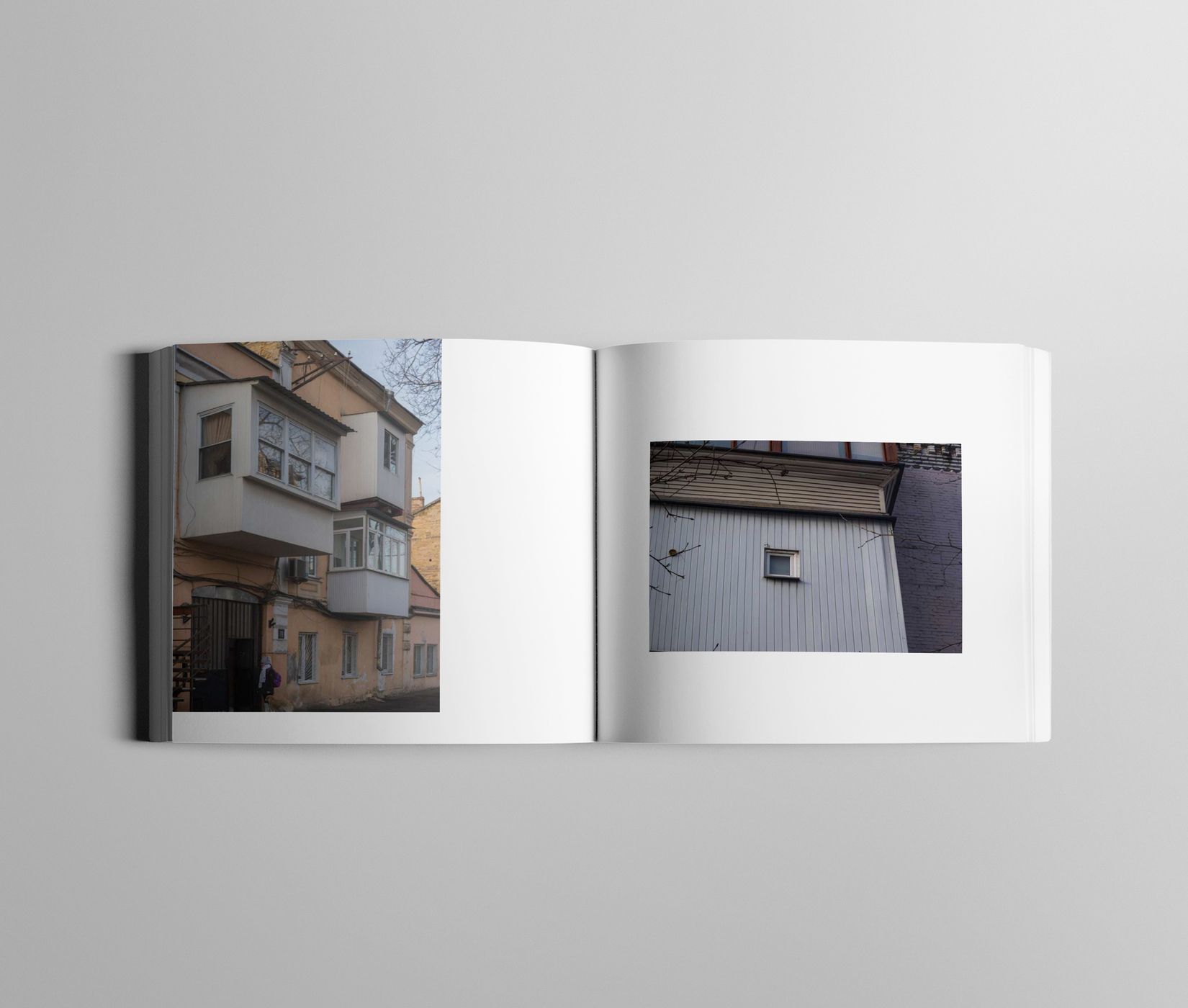
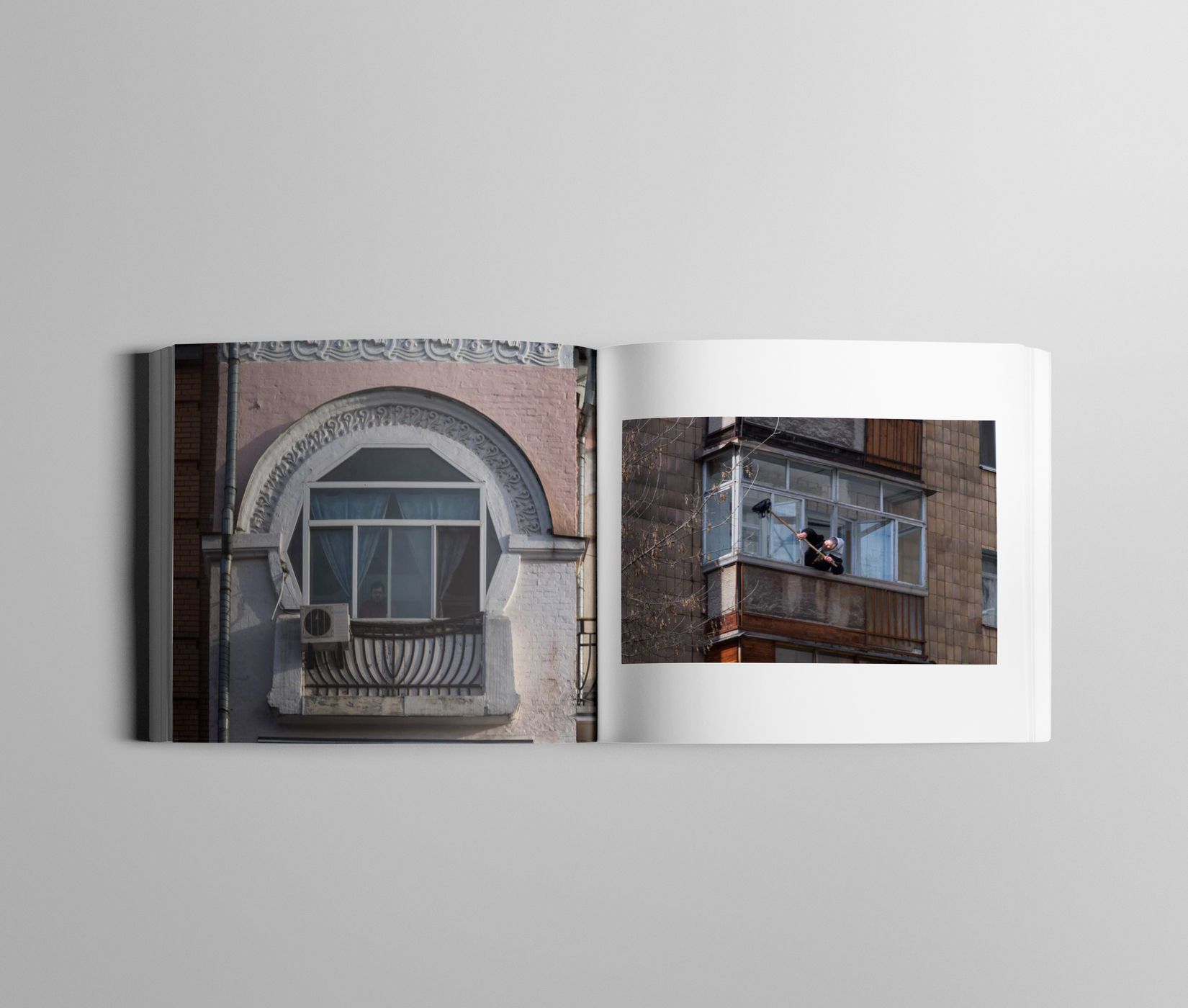

The same subject also comes up in a short documentary recently published by Minimal Movie entitled Enter Through The Balcony, which just won first place in the Best Short Documentary category at the International Shorts Film Festival. According to the news, it will be available for online viewing in the spring of 2021.
Balcony Chic | Web | Instagram
Photos: Oleksandr Burlaka | Instagram

HIGHLIGHTS | Living past

McDonald's products are spruced up by new, illustrative packaging










